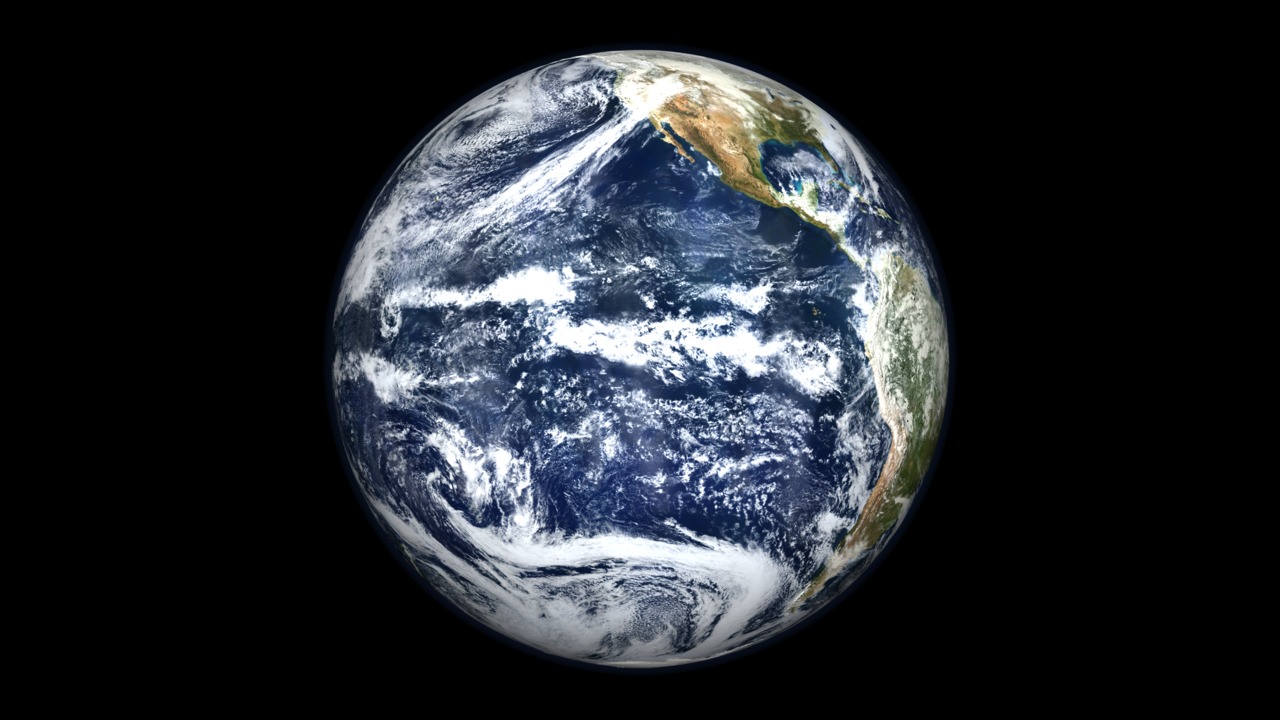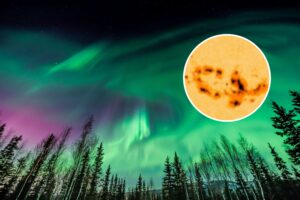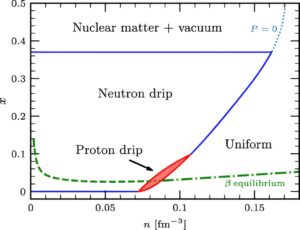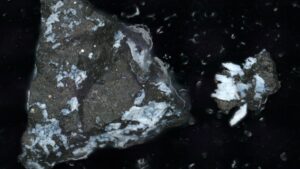NASA has selected four proposals for mission concept studies to help us better understand key Earth science focus areas for the benefit of all, including greenhouse gases, the ozone layer, ocean surface currents, and changes in ice and glaciers around the world.
These four investigations are part of the agency’s new Earth System Explorers program—which conducts principal investigator-led space science missions as recommended by the National Academies of Sciences, Engineering, and Medicine’s 2017 Earth Science and Applications Decadal Survey the cosmos. The program is designed to enable high-quality Earth system science research to focus on pre-identified key objectives. For this set of missions, NASA is prioritizing greenhouse gases as one of its target observables.
“The proposals represent another example of NASA’s holistic approach to studying our home planet,” said Nikki Fox, associate administrator, Science Mission Directorate at NASA Headquarters in Washington. “As we continue to face a changing climate and its impacts on people and the environment, the need for data and research could not be greater. These proposals will help us better prepare for the challenges we face today and tomorrow.”
As the first step in a two-stage selection process, each of these proposals will receive $5 million to conduct a one-year concept study for the mission. After the study period, NASA will select two proposals to proceed to launch with readiness dates expected in 2030 and 2032. The total mission cost cap is $310 million for each selected study, excluding the rocket and access to space to be provided by NASA.
Most of what we know about our changing planet is rooted in more than 60 years of NASA Earth observations. NASA currently has more than two dozen Earth-observing satellites and instruments in orbit. The missions ultimately selected from this pool of proposals will make their own unique contribution to this great observatory on Earth – which works together to provide layers of additional information about Earth’s oceans, land, ice and atmosphere.
The four proposals selected for concept studies are:
- The response of the stratosphere and troposphere using the Infrared Vertical-Resolved Light Explorer (STRIVE)
This mission will provide daily, near-global, high-resolution measurements of temperature, a variety of atmospheric elements, and aerosol properties from the upper troposphere to the mesosphere—at a much higher spatial density than any previous mission. It will also measure vertical profiles of ozone and trace gases needed to monitor and understand ozone layer recovery—another identified NASA Earth science goal. The proposal was led by Lyatt Jaegle of the University of Washington in Seattle. - Ocean Dynamics and Surface-Atmosphere Exchange (ODYSEA)
This satellite will simultaneously measure surface ocean currents and winds to improve our understanding of air-sea interactions and surface current processes that affect weather, climate, marine ecosystems and human well-being. It aims to provide updated ocean wind data in less than three hours and ocean current data in less than six hours. The proposal was led by Sara Guille of the University of California, San Diego. - Earth Dynamics Geodetic Explorer (EDGE)
This mission will observe the three-dimensional structure of Earth’s ecosystems and the surface topography of glaciers, ice sheets, and sea ice as they change in response to climate and human activity. The mission will provide a continuation of such measurements currently being taken from space by ICESat-2 and GEDI (Global Ecosystem Dynamics Investigation). The proposal was led by Helen Amanda Fricker of the University of California, San Diego. - The carbon investigation (Carbon-I)
This investigation would enable simultaneous multispecies measurements of critical greenhouse gases and potentially ethane quantification—which could help study processes that drive natural and anthropogenic emissions. The mission will provide unprecedented spatial resolution and global coverage that will help us better understand the carbon cycle and the global methane budget. The proposal was led by Christian Frankenberg of the California Institute of Technology in Pasadena.
For more information about the Earth System Explorers program, visit:
https://explorers.larc.nasa.gov/2023ESE/
-end-
Liz Vlock
Headquarters, Washington
202-358-1600
elizabeth.a.vlock@nasa.gov



